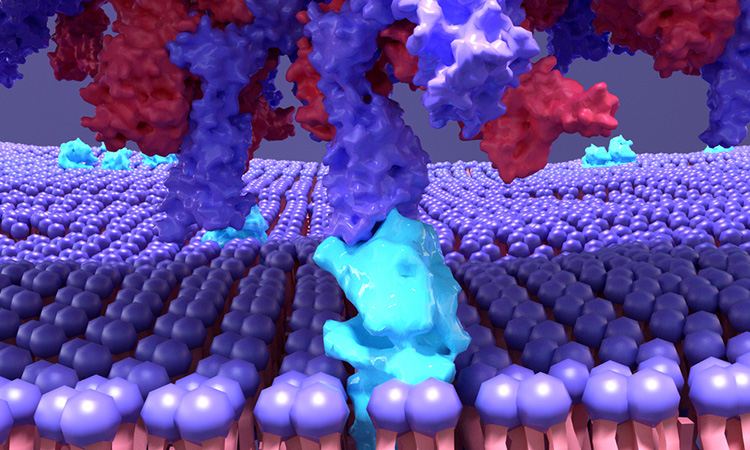Researchers identify new therapeutic targets on SARS-CoV-2 Spike protein
Posted: 23 February 2021 | Victoria Rees (Drug Target Review) | No comments yet
Researchers have found that the S1/S2 cleavage of the SARS-CoV-2 Spike protein could be a potential target for COVID-19 therapeutics.


A team of scientists has discovered new locations on the SARS-CoV-2 Spike (S) protein that may not only help to explain how certain mutations make emerging variants more infectious but also could be used as additional targets for therapeutic intervention. The study was conducted at Penn State, US.
“Significant research is underway to examine how the receptor binding domain (RBD) at the tip of the club-shaped SARS-CoV-2 S protein attaches to the angiotensin-converting enzyme 2 (ACE2) receptor on a human cell, but little is known about the other changes that occur in the S protein as a result of this attachment,” said Associate Professor Ganesh Anand, lead researcher of the study. “We have uncovered ‘hotspots’ further down on the S protein that are critical for SARS-CoV-2 infection and may be novel targets beyond the RBD for therapeutic intervention.”
The researchers used amide hydrogen-deuterium exchange mass spectrometry (HDXMS) to visualise what happens when the SARS-CoV-2 S protein binds to an ACE2 receptor. HDXMS uses heavy water or deuterium oxide (D2O), a naturally occurring, non-radioactive isotope of water, as a probe for mapping proteins. The team placed the SARS-CoV-2 S protein and ACE2 receptors in heavy water, allowing them to obtain footprints of ACE2 on the S protein.
“If you put the S protein and ACE2 receptor into a solution that is made with D2O, the surfaces and more floppy regions on both proteins will more readily exchange hydrogens for deuterium, compared to their interiors,” said Anand. “And footprints of each protein on the binding partner can be readily identified from areas where you see little deuterium and only detect normal hydrogen.”
Using this technique, the team determined that binding of the S protein and ACE2 receptor is necessary for furin-like proteases that act to snip off the tip, called the S1 subunit, of the S protein, which is the next step in the virus’s infection of the cell.
“The S proteins on the surface of the virus swivel to search and latch onto the ACE2 receptor,” said Anand. “Binding to S stabilises it so it can be cut by furin protease scissors. After furin proteases clip the protein, the part that remains – the S2 subunit – is what fuses with the cell’s membranes, allowing entry into the cell… Our findings show ACE2 receptor binding to SARS-CoV-2 S protein causes long-range changes and allosterically enhances protease cutting at the distal S1/S2 cleavage site.”
Based on their findings, the researchers suggest that the S1/S2 cleavage that is necessary for furin cleavage can serve as a new target for inhibitory therapeutics against SARS-CoV-2. They also say the results may help in explaining how mutations in emerging variants might alter dynamics and allostery of ACE2 binding, potentially increasing infectiousness of the SARS-CoV-2 virus.
The findings were published in eLife.
Related topics
Analytical techniques, Drug Targets, Imaging, Mass Spectrometry, Protein, Proteomics
Related conditions
Covid-19
Related organisations
Penn State
Related people
Associate Professor Ganesh Anand



